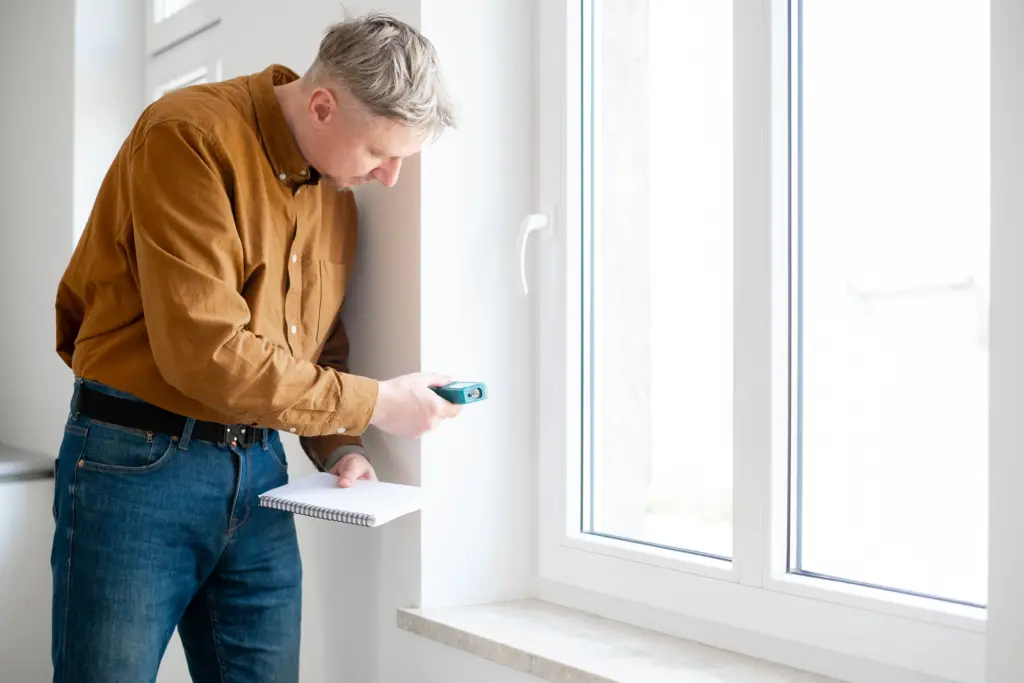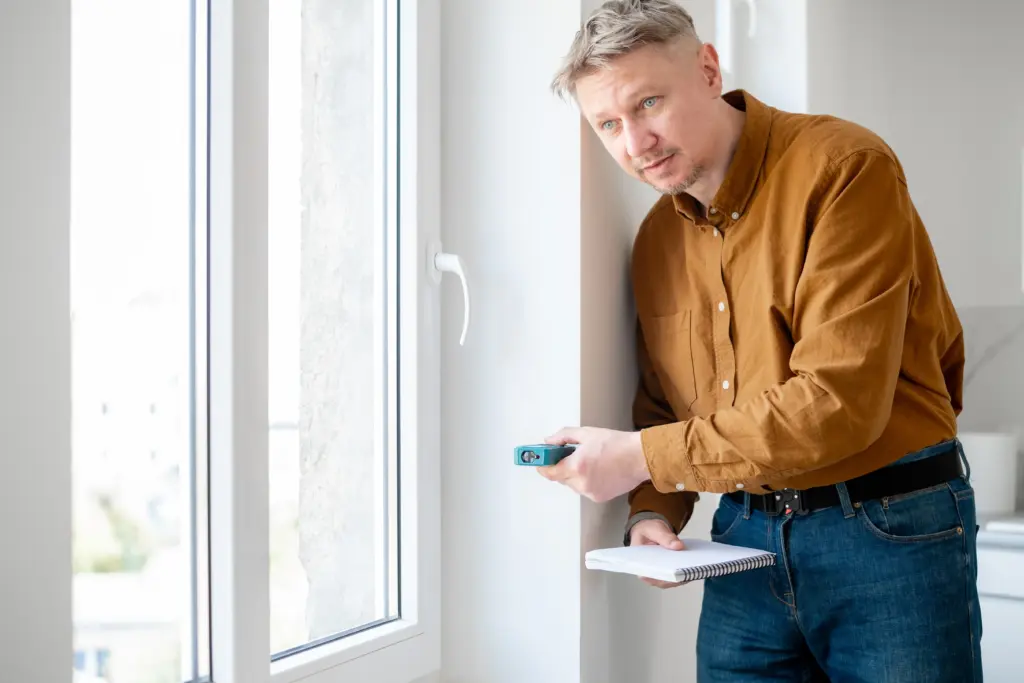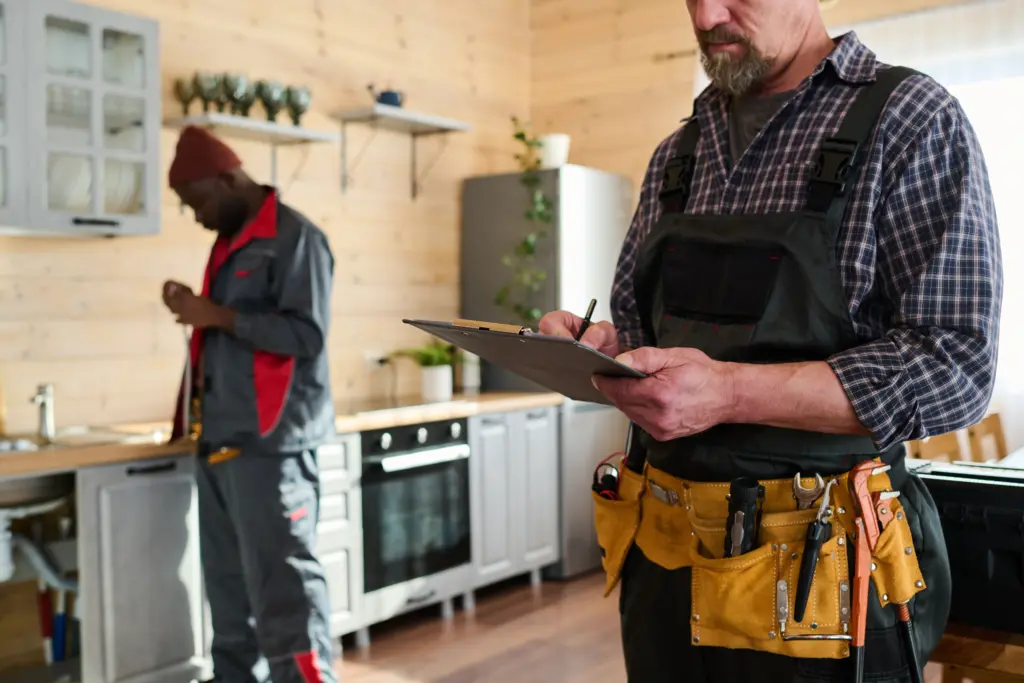Buying or selling a home involves several important steps, and one of the most critical is the inspection. Home inspections reveal the true condition of a property, helping both parties make informed decisions. Many homeowners wonder what could cause a home to “fail.” While an inspection is not a pass-or-fail test, there are several serious issues that often cause concern. Understanding these things that fail a home inspection can help you prepare, make repairs early, and protect your investment.

What “Failing” a Home Inspection Really Means
Home inspectors do not issue grades or official approvals. Instead, they evaluate the property’s systems, structure, and safety. The report highlights areas of concern that may require repair, replacement, or professional review. When buyers or lenders see major safety or structural problems, those issues can delay or even cancel a sale. Knowing which things that fail a home inspection are most common helps sellers prepare in advance and reduces surprises for buyers.
Roofing Problems
The roof is one of the most critical parts of any home. Damaged shingles, leaks, sagging, or missing flashing can lead to water infiltration and mold growth. Inspectors check for signs of deterioration, poor installation, or aging materials. A roof near the end of its lifespan is a frequent reason buyers hesitate. Replacing or repairing roofing before listing your home can prevent negotiation issues and speed up the transaction process.
Foundation Cracks and Structural Damage
Cracks in the foundation, uneven floors, or misaligned doors and windows suggest structural movement. These issues raise red flags during inspections because they can indicate expensive repairs. Inspectors look for water stains in basements, crumbling mortar, or gaps along the foundation wall. Even small cracks can worsen over time, especially in regions with freeze-thaw cycles like Ohio. Addressing these early with a professional evaluation helps avoid a major setback during inspection.

Electrical Hazards
Faulty wiring and outdated electrical panels are among the most common things that fail a home inspection. Problems like double-tapped breakers, ungrounded outlets, and exposed wires pose serious fire and shock risks. Homes built before modern codes may have undersized electrical systems that cannot handle today’s appliances. Inspectors also check for proper GFCI outlets in kitchens, bathrooms, and garages. If your home has old knob-and-tube or aluminum wiring, upgrading it before selling improves safety and buyer confidence.
Plumbing Issues and Leaks
Inspectors test water pressure, drainage, and the condition of visible plumbing. Leaks under sinks, corroded pipes, and outdated materials like galvanized steel can cause concern. Moisture stains on ceilings or around fixtures often indicate hidden leaks. Slow drains or low pressure might point to clogged or failing pipes. These are frequent findings in older homes and can appear minor but lead to major water damage if ignored. Repairing plumbing before listing your property reduces the likelihood of a failed inspection.
HVAC Problems
Heating, ventilation, and air conditioning systems are essential for comfort and air quality. Inspectors verify that furnaces and air conditioners function correctly and check the condition of filters, vents, and ductwork. Dirty filters, missing insulation, or visible rust on components suggest poor maintenance. Systems near or beyond their expected lifespan often raise buyer concerns. Regular servicing and clear maintenance records can reassure inspectors and buyers alike.

Water Damage and Mold
Water intrusion is one of the top causes of property deterioration. Inspectors look for stains, warped materials, or musty odors that suggest past or current leaks. Mold can develop behind walls, under flooring, or in attics when moisture is trapped. Beyond cosmetic issues, mold may impact indoor air quality and create health concerns. The U.S. Environmental Protection Agency provides resources for safe mold remediation and moisture control. Preventing leaks and improving ventilation can keep your home inspection report clean.
Poor Drainage or Grading
Improper grading around a home allows water to collect near the foundation. Inspectors often find negative grading, clogged gutters, or downspouts that discharge too close to the house. These conditions contribute to basement moisture, cracking, and mold. Correcting slope and drainage before inspection is one of the easiest and most cost-effective ways to avoid foundation issues. Extending downspouts and ensuring soil slopes away from the house can make a big difference.
Attic and Insulation Deficiencies
Inadequate insulation or ventilation in the attic affects both comfort and energy efficiency. Inspectors check for missing insulation, air leaks, and moisture buildup. Poor airflow can lead to ice dams in winter and high humidity in summer. These issues often connect to roofing or ventilation problems that overlap with other inspection findings. Adding insulation and ensuring clear air channels improves performance and can lower utility costs.

Pest or Termite Damage
Wood-destroying insects such as termites, carpenter ants, or powderpost beetles can cause extensive damage that often goes unnoticed until inspection. Inspectors look for hollow-sounding wood, mud tubes, or frass (wood dust). In Ohio, termite activity is common in older neighborhoods and homes with moisture near foundations. Treating infestations and repairing damage promptly ensures a better report and protects the home’s structure.
Safety Concerns and Code Violations
Safety issues are among the biggest things that fail a home inspection. Missing handrails, loose stairs, lack of smoke detectors, or improper egress windows in basements are common findings. Inspectors also note missing GFCI outlets near water sources or broken window locks that affect security. These are often easy to fix before an inspection if homeowners review basic safety standards. The U.S. Department of Housing and Urban Development offers helpful guidance on home safety and maintenance for homeowners preparing to sell.
Roof Ventilation and Chimney Defects
Poor ventilation allows heat and moisture to build up in attic spaces, shortening roof life and encouraging mold. Inspectors check soffit and ridge vents for proper function. Chimneys also receive close attention for cracked mortar, missing caps, or structural instability. These issues may not cause immediate leaks but can worsen over time. Simple maintenance and cleaning can prevent a long list of inspection notes.

Exterior Damage and Paint Issues
Peeling paint, rotted trim, and deteriorated siding are visible signs of deferred maintenance. For older homes, lead-based paint might also be present. Inspectors document these findings as potential safety and maintenance concerns. Keeping exterior surfaces sealed protects against moisture intrusion and decay. Proper caulking, repainting, and small repairs make a strong first impression and reduce potential inspection complications.
Basement and Crawl Space Concerns
Inspectors often find problems in basements and crawl spaces, where moisture and poor ventilation combine. Signs like efflorescence, standing water, or musty smells signal drainage or waterproofing issues. Damaged vapor barriers or missing insulation also appear frequently. Since these areas are less visible, homeowners may not notice small problems until inspection time. Routine checks and maintenance keep these spaces dry and stable.
How Homeowners Can Prepare
Preparation is the best defense against unexpected inspection results. Walk through your home with a maintenance mindset and address anything that looks worn, unsafe, or out of place. Replace burnt-out light bulbs, secure loose outlets, and clean gutters. Simple fixes like testing smoke detectors and tightening railings demonstrate care. Many of the things that fail a home inspection are preventable with regular attention.

How Buyers Should Interpret Inspection Reports
Buyers should view an inspection report as a roadmap, not a rejection notice. Every home has issues, even new construction. The key is understanding which findings are safety or structural concerns and which are maintenance items. Communicate with your agent, review repair options, and consider professional opinions for major issues. A well-documented inspection helps you make confident, informed decisions before closing.
Conclusion
Knowing the most common things that fail a home inspection gives you an advantage whether you are buying or selling. Problems like roof leaks, electrical hazards, or plumbing failures may sound intimidating, but with preparation and professional guidance, they can be resolved quickly. Home inspections are not about passing or failing—they are about understanding the home’s condition.
For homeowners who want clear, detailed evaluations, Icon Home Inspectors provides professional inspections that uncover potential issues before they become major problems. Visit our inspection services page to learn how we help protect your home, your safety, and your investment with comprehensive, honest reporting.